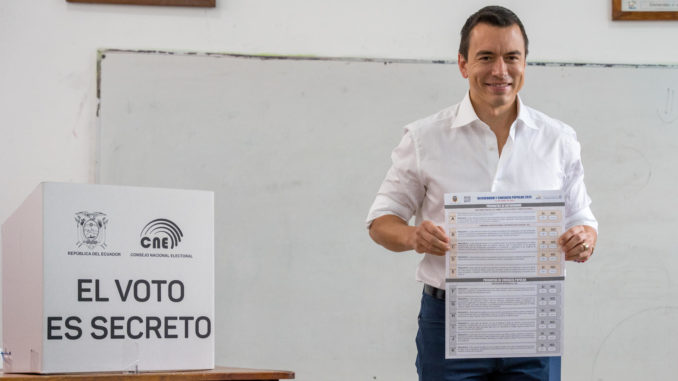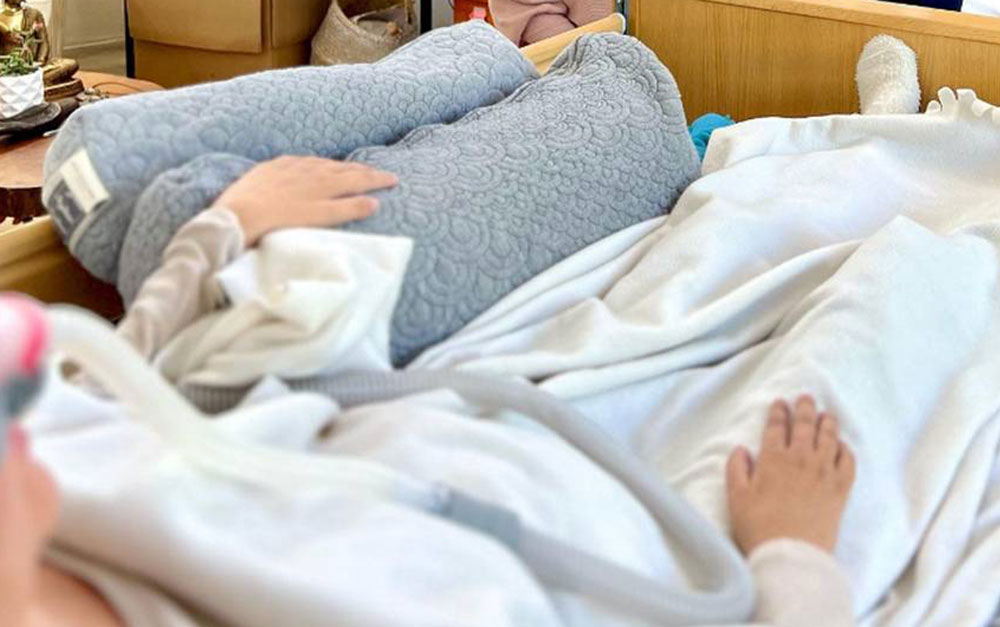How important is your pet In your life? Make sure you take care of their health
By Susan Burke March
As AnimalPlanet.com reports, there are a number of proven health benefits associated with pet ownership, including physical, mental and emotional improvements, from enhancing social skills to decreasing a person’s risk for heart attack.

For many, pets are part of the family
According to U.S. News & World Report, companionship tops a long list of why having a pet improves health and happiness. They note that seniors with pets appear to stay more invested in life, and that pets keep people engaged, and on schedule. The unconditional love of a pet keeps owners (single or maybe not!) from feeling lonely.
Pets are good for kids, and having a pet at home can decrease the risk for your child developing related allergies by 33%. Children exposed early on to animals tend to develop stronger immune systems overall.
 Pets bring people together. Just Google “chick magnets” and you’ll find the top dogs (breeds) in the “looking for romance” department. Dognotebook.com writes, “Owning a dog usually shows compassion and sensitivity towards other living things, which is a quality women cherish in men”. I think this is a good descriptor for all people who own a pet.
Pets bring people together. Just Google “chick magnets” and you’ll find the top dogs (breeds) in the “looking for romance” department. Dognotebook.com writes, “Owning a dog usually shows compassion and sensitivity towards other living things, which is a quality women cherish in men”. I think this is a good descriptor for all people who own a pet.
Pets help keep you fit! Studies show that dog owners are less likely to be overweight compared to those who don’t own dogs. A column in the NYTimes.com notes that research shows that older people are more likely to take walks if the walking companion is canine rather than human.
In the USA, as the population  grows fatter, so do their pets. The correlation is well documented. Fifty-eight percent of American cats and 53% of dogs are overweight — just as in people, overweight and obesity increases risk for fat-related diseases, including type 2 diabetes, osteoarthritis, high blood pressure, and many types of cancer.
grows fatter, so do their pets. The correlation is well documented. Fifty-eight percent of American cats and 53% of dogs are overweight — just as in people, overweight and obesity increases risk for fat-related diseases, including type 2 diabetes, osteoarthritis, high blood pressure, and many types of cancer.
Could it be that their owners’ lifestyles are rubbing off on their pets? Research shows a significant “fat pet gap” in which 90% of owners of overweight cats and 95% of owners of overweight dogs incorrectly identified their pets as normal weight. About 70% of Americans are overweight or obese, and that statistic hasn’t been affected by awareness in humans.
Cuenca Animal Clinic: Your pet deserves the best
Jonathan Mogrovejo, General Manager of CuencaHighLife, is the “Dad” to a beautiful and sweet female Siberian Husky named “Sasha”. Sasha, a patient of Dr. Francisco Morales Leon and Dr. Oswaldo Cobos of Cuenca Animal Clinic, is now three years old, and Jonathan invited me to come along to observe and report on her visit to the vet.
Jonathan has been taking Sasha to Cuenca Animal Clinic for her checkups, inoculations and boosters for a little over a year. At her last exam, Dr. Leon noted that Sasha had developed some suspicious looking dental plaque. After consulting with Dr. Cobos, who specializes in canine dental care and surgery, they suggested that Jonathan bring her in for a thorough cleaning.
Just like in humans, pet’s teeth are often a reflection of general health. A dog’s diet directly impacts on their teeth. An owner may overfeed and under-nourish their pet, usually by indulging them from the table, and/or feeding them low-quality pet food. Owners may take their pets for their annual (and mandated) vaccinations, but their vet may not take the time to adequately check their mouth and teeth.
And that could be a big problem. According to PetMD.com, just like in humans, neglecting teeth and gums can led to plaque buildup, inflammation, infection, and advanced periodontal disease. Once advanced, toxins are absorbed into the dog’s blood stream, and as kidneys, liver, and the brain filter the blood, infections occur, causing permanent and at times, fatal organ damage.
And now it was time to take care of the problem. Because the procedure would be under general anesthesia, Jonathan was instructed not to feed Sasha after her dinner the night before, and to not give her any food or water that morning.
And why was it necessary to perform this procedure under general anesthesia? Because, Dr. Cobos says that performing dental cleaning on pets without anesthesia can be ineffective and dangerous.
Injection sedation may allow the dentist to examine the mouth, but most animals will not stay completely still in order for the dentist to detect hidden periodontal disease. Without anesthesia, the airway is open to aspiration of saliva or the water used in the cleaning process, resulting in aspiration pneumonia. Bacteria that is released during the cleaning can be aspirated and contaminate the airway.
Dr. Cobos explained, “A first sign of problems can be your pet’s bad breath. Halitosis can progress to a gingivitis, and then to periodontitis — and untreated, can progress to tooth loss and possibly worse.
In our clinic, first we do a visual and physical exam and if it’s found that your pet requires deep dental cleaning, our exam is much more extensive, including checking the lymphatic nodes, heart, and lungs to assure us that it is safe to perform the procedure under general anesthesia. The amount of anesthetic administered depends on your pet’s age, weight, and amount of time required for the procedure.
On the day of the procedure, we advise the owner to withhold food and water since the night before. We start with a small amount of propofol to induce anesthesia (a small amount of this injectable sedates the pet so they may be intubated) and then we administer sevoflurane gas. This gas is used because it works very quickly, and once stopped, allows your pet to regain consciousness quickly.
Once safely under anesthesia, we intubate the pet, assess treatment needs, and check for broken teeth and oral masses. Under anesthesia, we’re able to use an oral probe to assess gum health (in dogs, normal is 3 mm; in cats, only 1 mm), and we scale the teeth with ultrasonic cleaning equipment and hand instruments. We flush the teeth to remove dislodged tarter and bacteria, air-dry, and polish the teeth. Finally, we do a second wash and dry of the mouth.”
In my research for this article, I’ve learned that proper cleaning of teeth and any periodontal surgery requires complete cooperation of the patient in order for plaque and tarter can be removed properly and thoroughly. In my “first life”, I was a veterinarian assistant, working in a large and small animal clinic in Davie, Florida. I know from experience that working with an anxious, uncooperative animal is torture…for the vet and for the pet both. Dental procedures are especially anxiety provoking, and without general anesthesia, the cleaning is typically less than thorough, and the dog or cat suffers more.
Injectable sedation leaves much more to chance: once it’s administered, there’s no option other than to wait until the drug wears off. With general anesthesia, the sevoflurane gas anesthetic can be regulated “up” if the doctor needs to administer a deeper level of anesthesia, or regulate “down” to help the animal wake up quickly as they’re finishing. And they do wake up quickly!
As soon as Sasha was “under” the general, Drs. Leon and Cobos attached a continual monitoring device to Sasha. If for any reason the pet’s oxygen level or heartbeat is diminished, they can stop the cleaning, and provide oxygen to regulate her response immediately.
Prevention is the key to avoiding the huge pain and expense of doggie dental dilemmas.
According to the American Veterinarian Dental College, feed your dog quality dry food, give them hard biscuits to help with tartar control, and brush your dog’s teeth – if not daily, then 3-4 times weekly. Most dogs will get used to it – start slowly. Click here for step-by-step instructions to brush your dog’s teeth.
Cuenca Animal Clinic sells cute doggie finger-tooth brushes and doggie toothpaste too. And they sell quality dry food, imported from France. Expensive, but Dr. Leon recommends it.
If you’re a loving pet owner you need a veterinarian whom you can trust to guard your pet’s health. You want a vet who will do more than just give your pet its “shots”. The yearly exam needs to be thorough and comprehensive. It’s better to catch something small before it escalates.
Dr. Francisco Leon’s specialty is pet dermatology and ophthalmology, especially important for aging pets in Cuenca. Besides expert teeth cleaning, Cuenca Animal Clinic services include grooming, nail clipping and ear cleaning. They also cover all vaccinations, puppy worming, and spay and neutering.
Board your pet securely with Cuenca Animal Clinic, and be assured that both Dr. Leon and Cobos cover emergencies. They provide their cell phone numbers!
If you’re traveling out of Ecuador with your pet, they will provide you with the proper exams and paperwork.
Fluent in English and Español
Address: Miguel Cordero 1-180 between Cornelio Merchán and Franciso Moscoso
Phone: 288 0608; 099 139 1112; 099 597 9719
E-mail: cuencaanimalclinic@hotmail.com


















